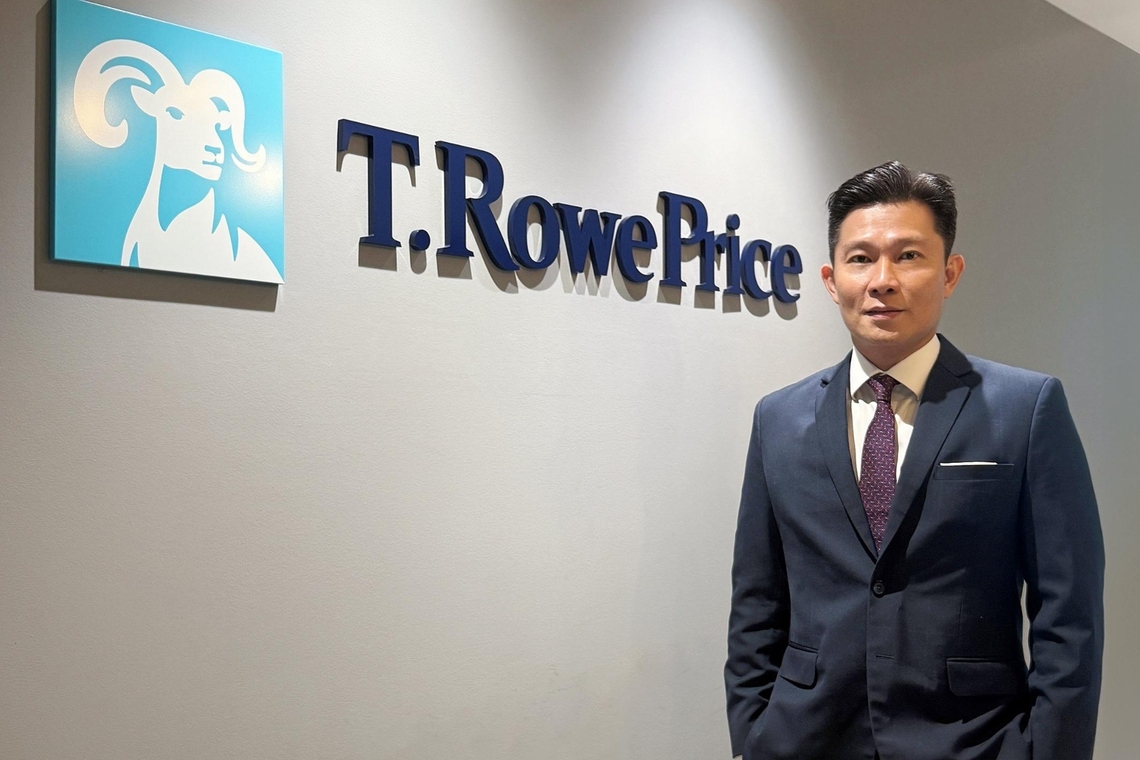SINGAPORE – T. Rowe Price, a US asset manager with a focus on retirement investment, has been expanding its retail presence in Singapore by forging new strategic partnerships and introducing investment solutions tailored for local investors.
Since establishing its presence in Singapore in 1996, the company – which manages US$1.7 trillion (S$2.2 trillion) in clients’ assets, of which US$1.1 trillion is retirement-related – has steadily grown its local offering, Mr Glen Lee, chief executive of T. Rowe Price Singapore, told The Straits Times.
It now has 28 recognised funds in the Republic for retail investors, said Mr Lee, who also oversees the Asia ex-Japan intermediary and South-east Asia institutional business. The funds include the Global Focused Growth Equity Fund, US All-Cap Opportunities Equity Fund and the Multi-Asset Global Income Fund.
The American firm has made available its solutions to new distributors and has a partnership with Standard Chartered Bank.
Standard Chartered was the first bank in Singapore to partner T. Rowe Price, which made its first foray into the local retail fund market in 2022.
“These initiatives have brought differentiated multi-asset, equity and fixed income solutions to both retail and affluent clients,” said Mr Lee.
On Sept 29, it launched the T. Rowe Price Funds – Retirement Allocation Funds in a tie-up with HSBC for six months.
The two funds leverage T. Rowe Price’s proprietary glide path, developed from decades of retirement research and behavioural data gathered from more than two million investors. The glide path guides retail investors on their strategic asset allocation, automatically adjusting the balance between equities and bonds to optimise returns and risk management as retirement needs evolve.
A common misconception among Singaporeans is viewing retirement planning as a linear process, Mr Lee said.
Singaporeans save diligently until reaching $1 million, then shift primarily to static investment options and believe their work is done, he said.
But retirement is not defined by age or a single milestone, he added, stressing that it is a dynamic process that demands discipline and flexibility to adapt over time. There is also no one-size-fits-all solution.
“Those who set clear goals early and maintain an ongoing investment strategy, adjusting as their life stages evolve, are much more likely to feel prepared and confident about achieving their ideal retirement,” he said.
Retirement Allocation Fund – 1 targets post-retirement investors, prioritising stable withdrawals via conservative asset allocations, while Retirement Allocation Fund – 2 caters to those within 10 years of retirement, blending growth and fluctuations in the investment account value.
Retail investors can switch between the two funds as their retirement timelines evolve. Both funds aim to provide monthly dividends at a fixed annual percentage rate of 6 per cent. But the dividend is not guaranteed, and it may be paid out of capital.
T. Rowe Price’s 2025 retirement survey showed flexible retirement models like micro-retirement, where people take short breaks of up to a year from their careers; and unretirement, where they return to work after the statutory retirement age, are gaining traction.
The survey, conducted in July and sampling 1,000 residents above the age of 18 here, found that 70 per cent of respondents prefer to retire based on their own personal plans rather than a pre-determined age.
Nearly 60 per cent believe they need more than $1 million to retire comfortably in Singapore. Yet, only 35 per cent say they are prepared in achieving their ideal retirement.
The top motivations driving the micro-retirement trend include maintaining work-life balance, relieving work pressure and pursuing personal interests.
About 37 per cent said they would want to have more than $300,000 in assets before pursuing this path.
Those who unretire and return to work after the retirement age chose to do so to stay mentally active, maintain income and ease financial pressure.
About 40 per cent would consider returning to work within six months of retiring to seek part-time jobs in their original industry.
The study found that the desire for flexible retirement transcends age, gender and income.
However, enthusiasm for flexible retirement is tempered by significant challenges in investment planning. Many are unfamiliar with retirement products.
Most respondents favour conservative options such as time deposits and bank savings, which may be misaligned with their long-term retirement needs.
“The disconnect between retirement aspirations and investment planning underscores the importance of financial education in risk management, as well as the need for investment approaches that balance growth and stability throughout different stages of life,” said Mr Thomas Poullaouec, portfolio manager and head of global investment solutions, Asia-Pacific, at T. Rowe Price.
He said T. Rowe Price’s retirement glide path, which “dynamically adjusts” asset allocation between equities and fixed income based on the number of years before and after expected retirement, could be relevant for Singaporeans exploring flexible retirement paths.

